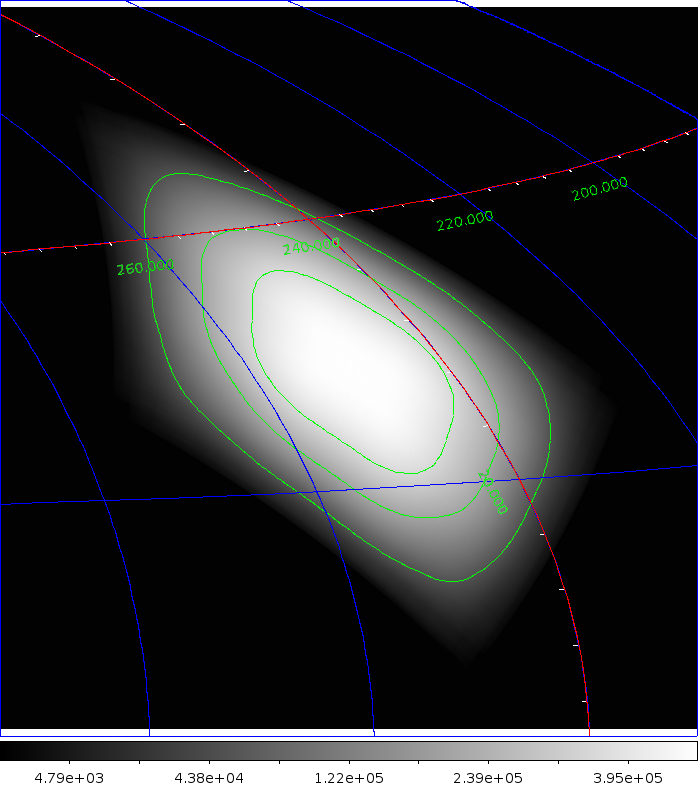Proposal Details - 1020006
Spectral states in the Seyfert 2 galaxy NGC 2992 (Beckmann)
Proposal Abstract
We request an INTEGRAL observation of 500 ksec of the bright Seyfert 2 galaxy NGC 2992. Analysis using the latest OSA-9 software of the INTEGRAL observations in 2005 shows a cut-off power law, consistent with previous observations (e.g. by BeppoSAX). At the same time, NGC 2992 has been shown to be the most variable Seyfert at hardest X-rays on months time-scale. Observing NGC 2992 again after 8 years enables us to study this Seyfert 2 galaxy at a possibly different flux state and in a different spectral state. The observations can help to clarify whether super massive black holes follow a similar spectral behaviour as Galactic black hole systems.INTEGRAL offers the unique possibility to study the physics involved in absorbed AGN and even enables us to study the connection between flux variation, high-energy cut-off, reflection component, and iron fluorescenceline. The variation in flux over the time of the observation in various energy bands can reveal the geometry of this source. In the case that the state of the source is similar as 7 years ago, the observation will help to further constrain the high energy spectrum of this source. A simultaneous 10 ks XMM-Newton observation will measure precisely the amount of absorption in the line of sight, the strength of the iron K-alpha line, and will allow us to determine the reflection component to a precision of (Delta R) ~ 0.3.
Observation Strategy (Recommended by TAC)
One observation of 500 ks in the hexagonal dithering mode, centered on RA, Dec (J12000.0, in degrees) = 146.425, -14.326 (l,b= 249.706, 28.781 degrees). To be done with a simultaneous 10 ks XMM-Newton observation.
Proposal grade: B
Data Rights (Recommended by TAC)
Data rights were granted for NGC 2992
Exposure Map
The exposure maps are in galactic coordinates using the Aitoff projection and units of seconds, and the colour scale is indicated at the bottom. The green lines provide the 50, 200, 350, 500 and 650 ksec contour.
